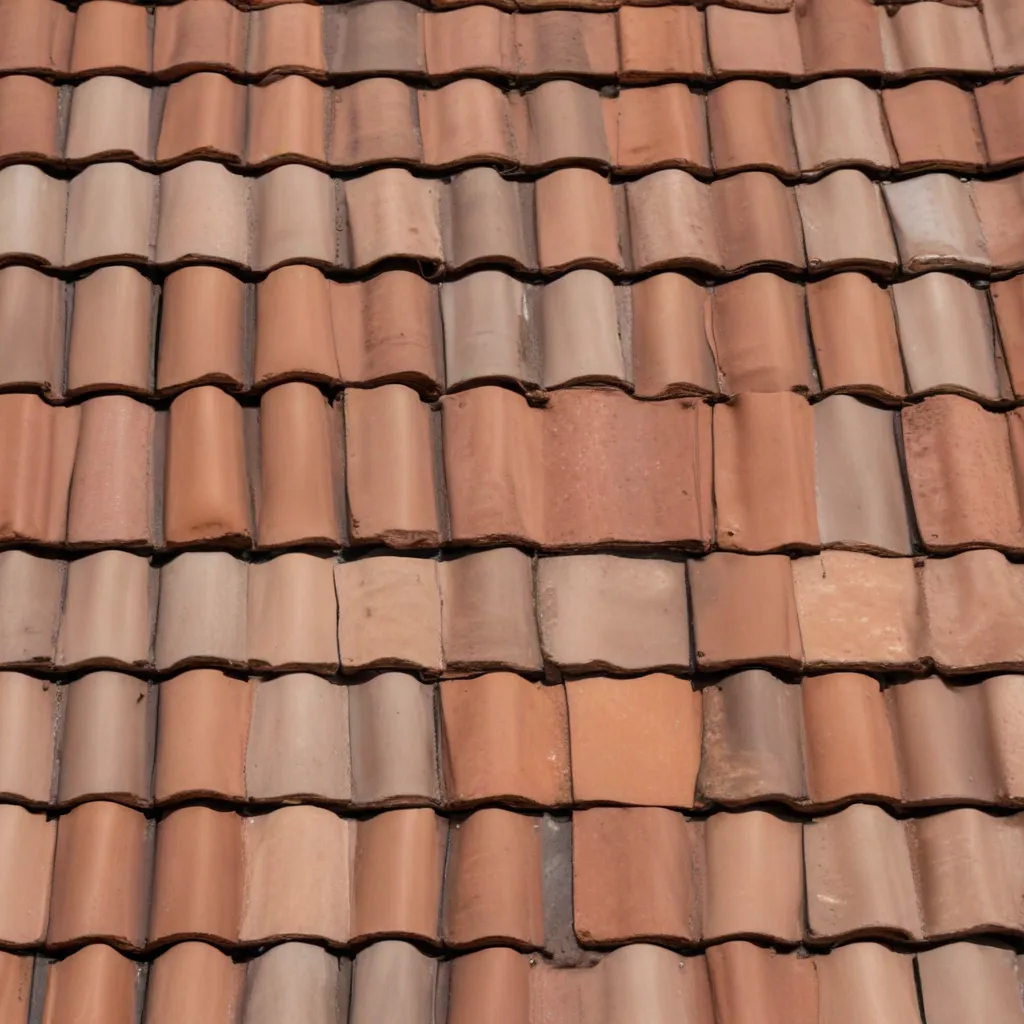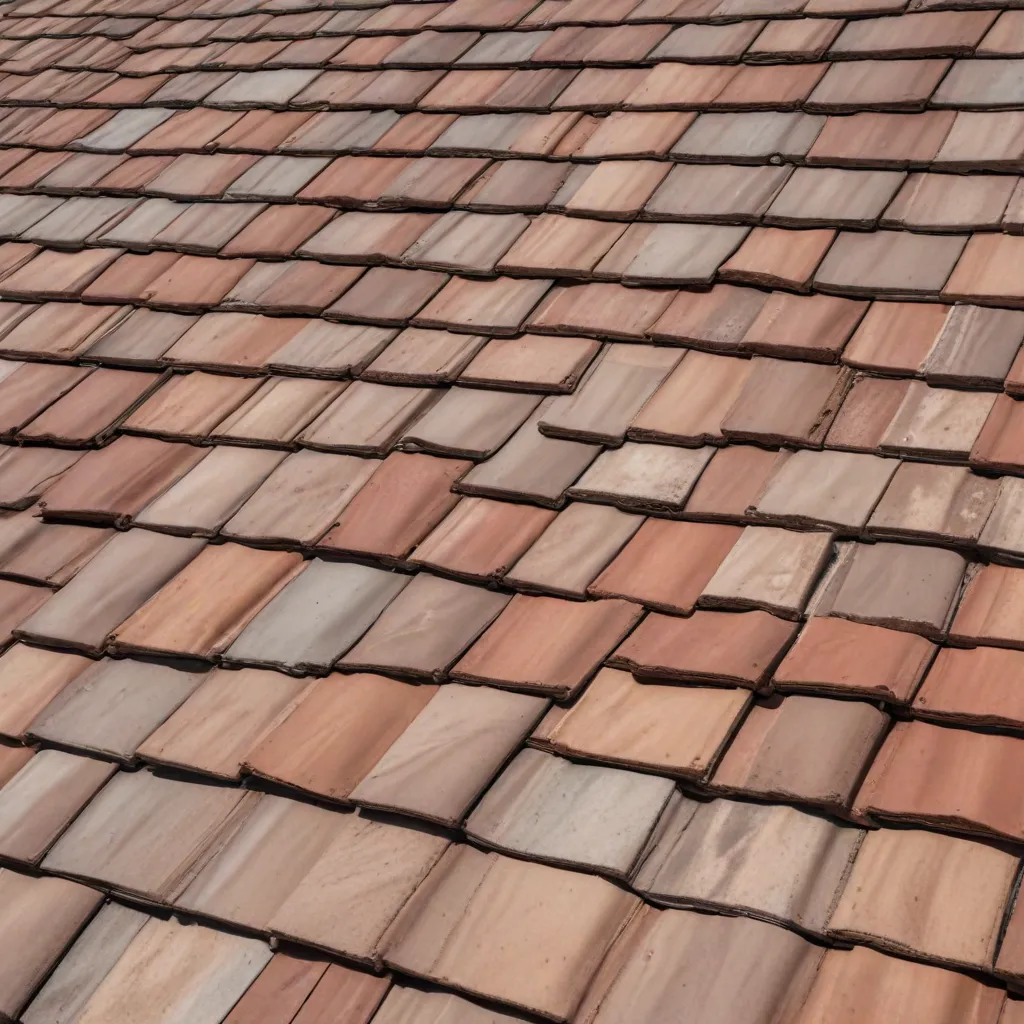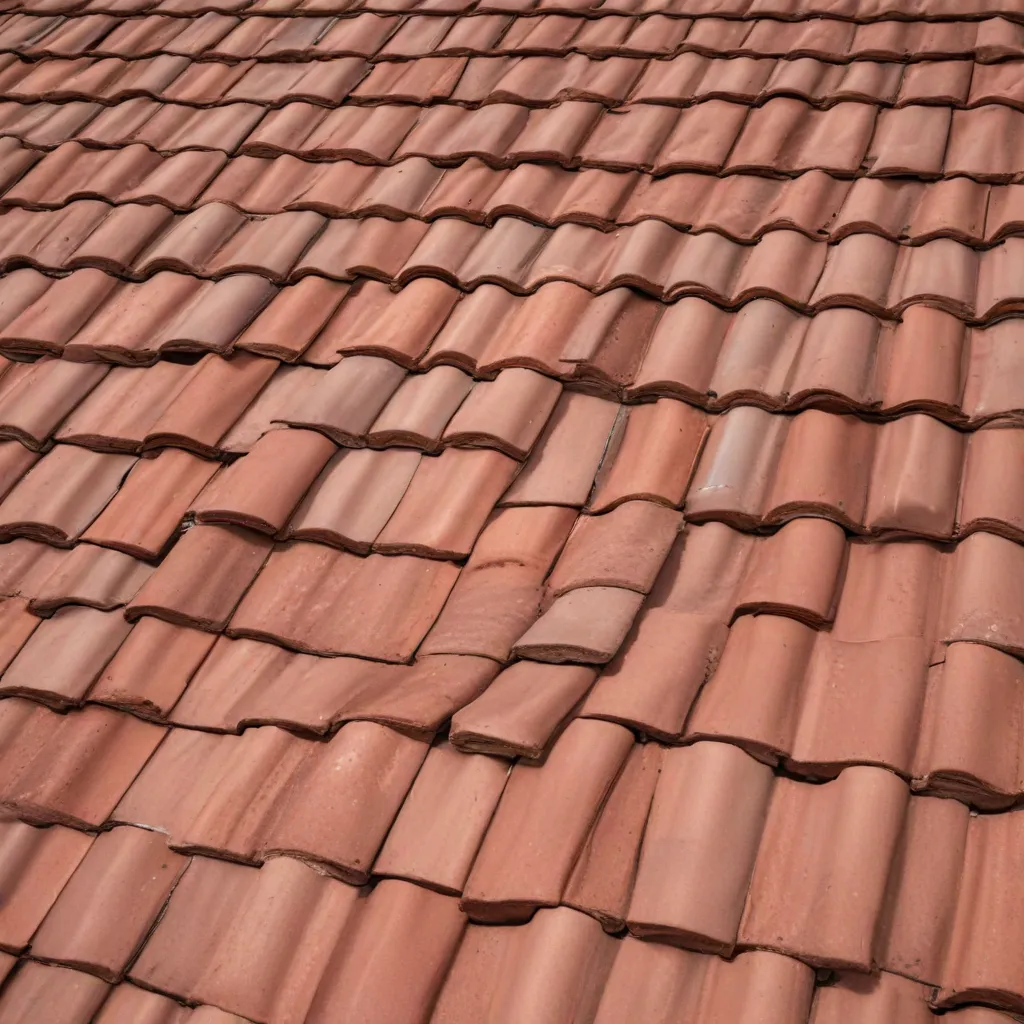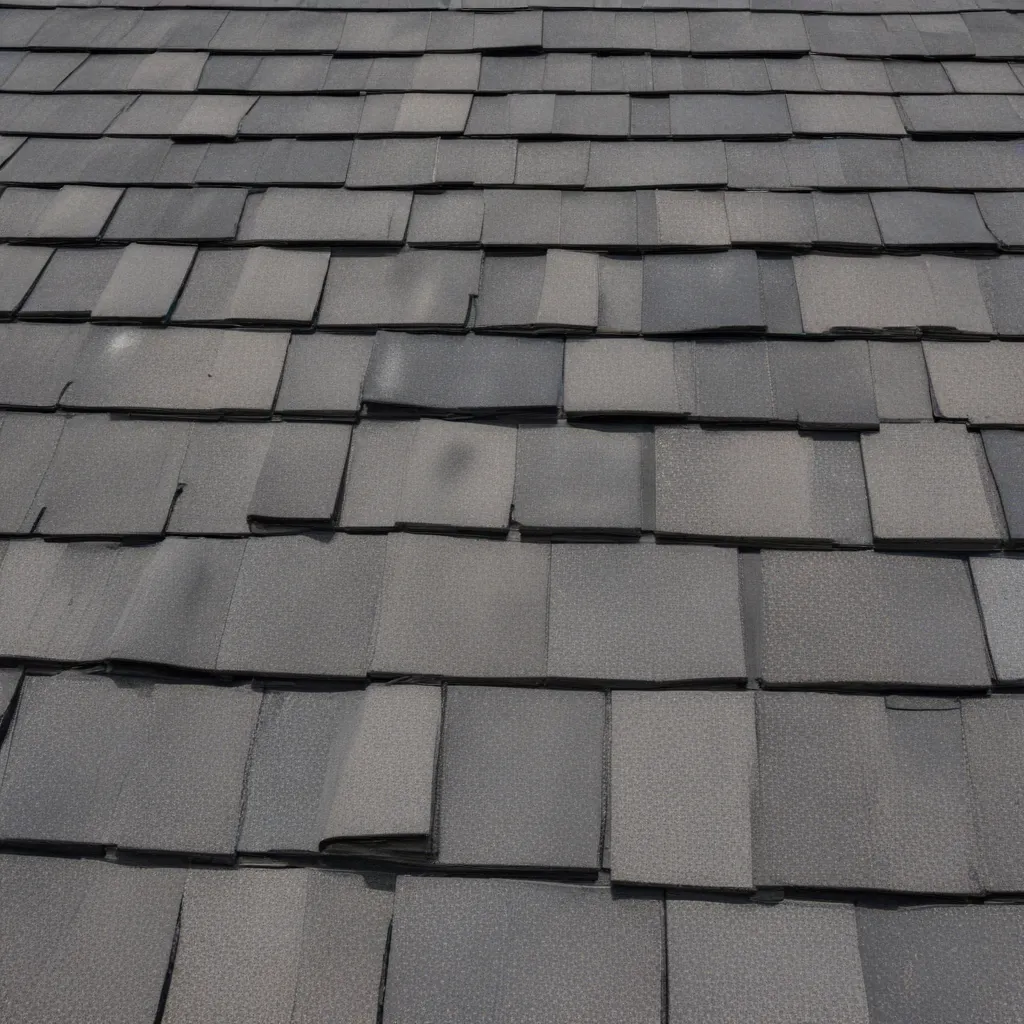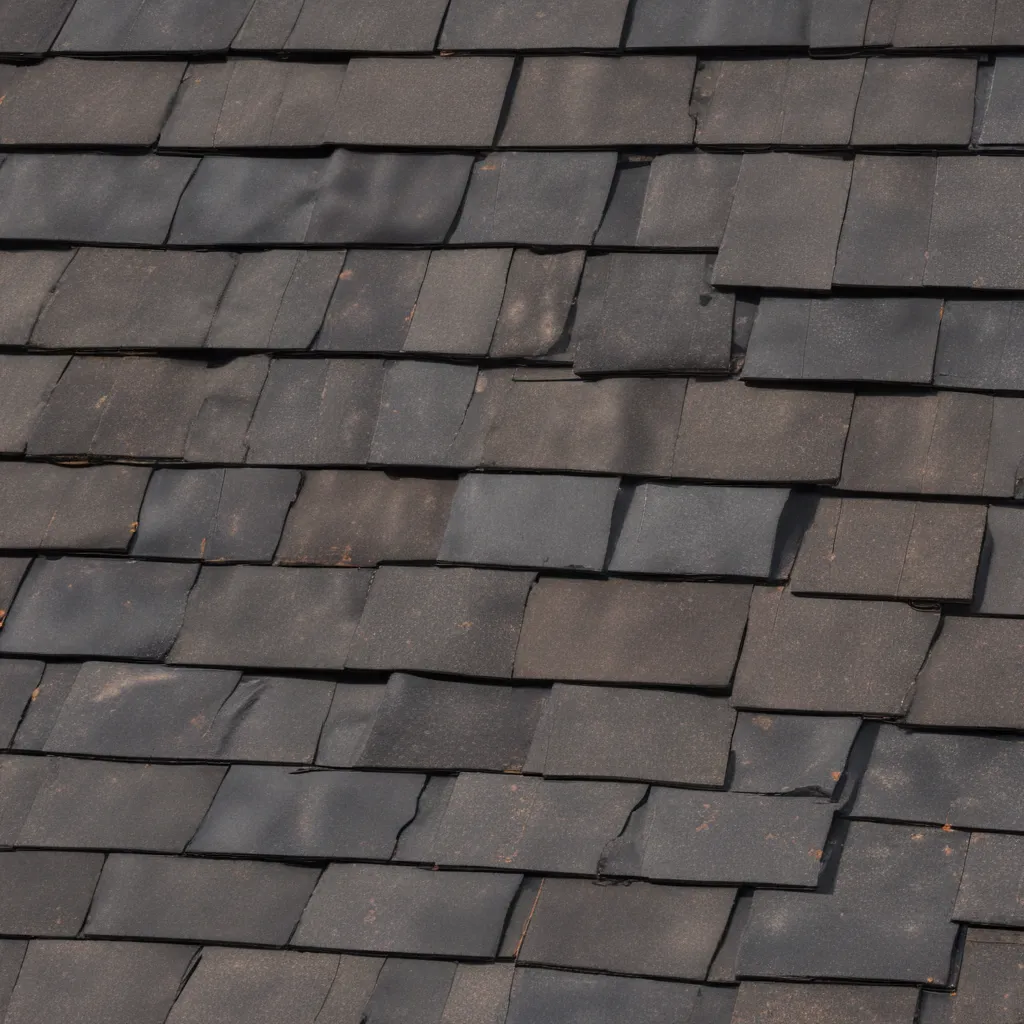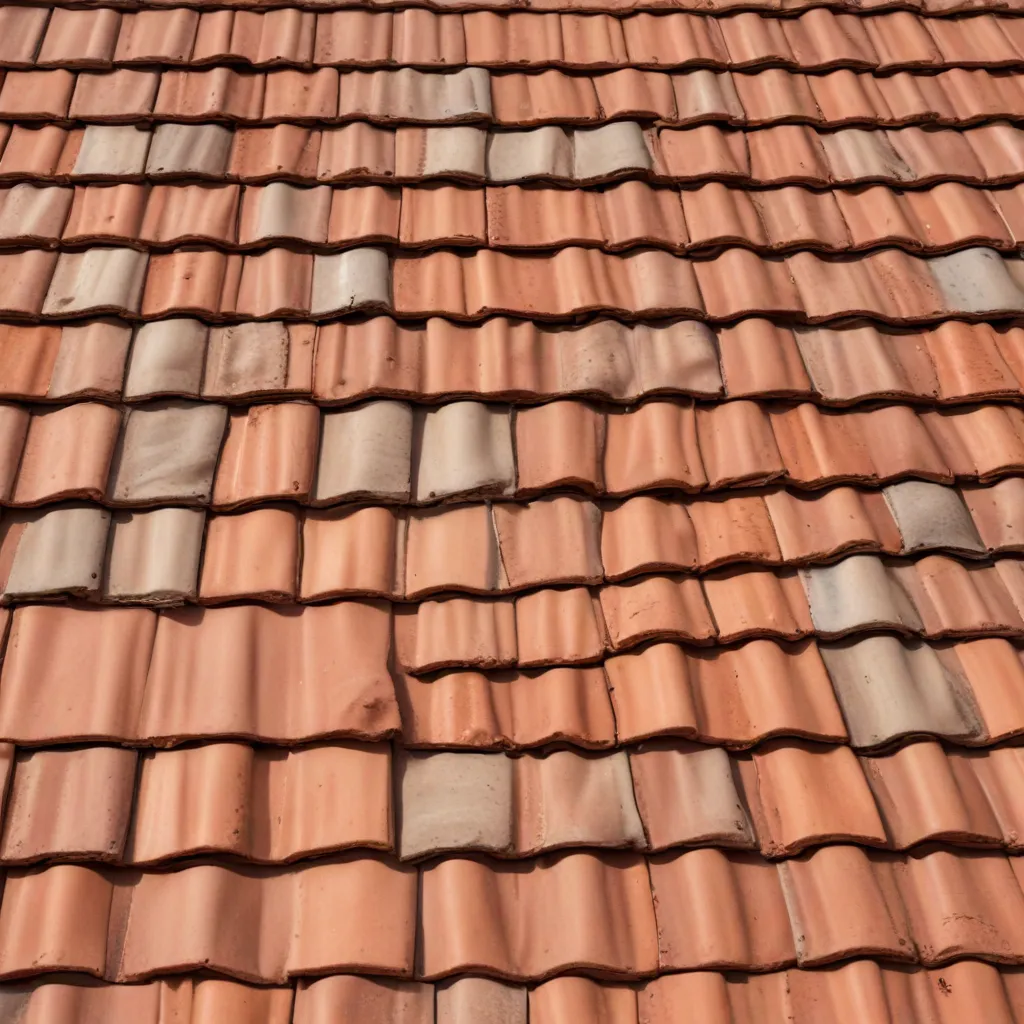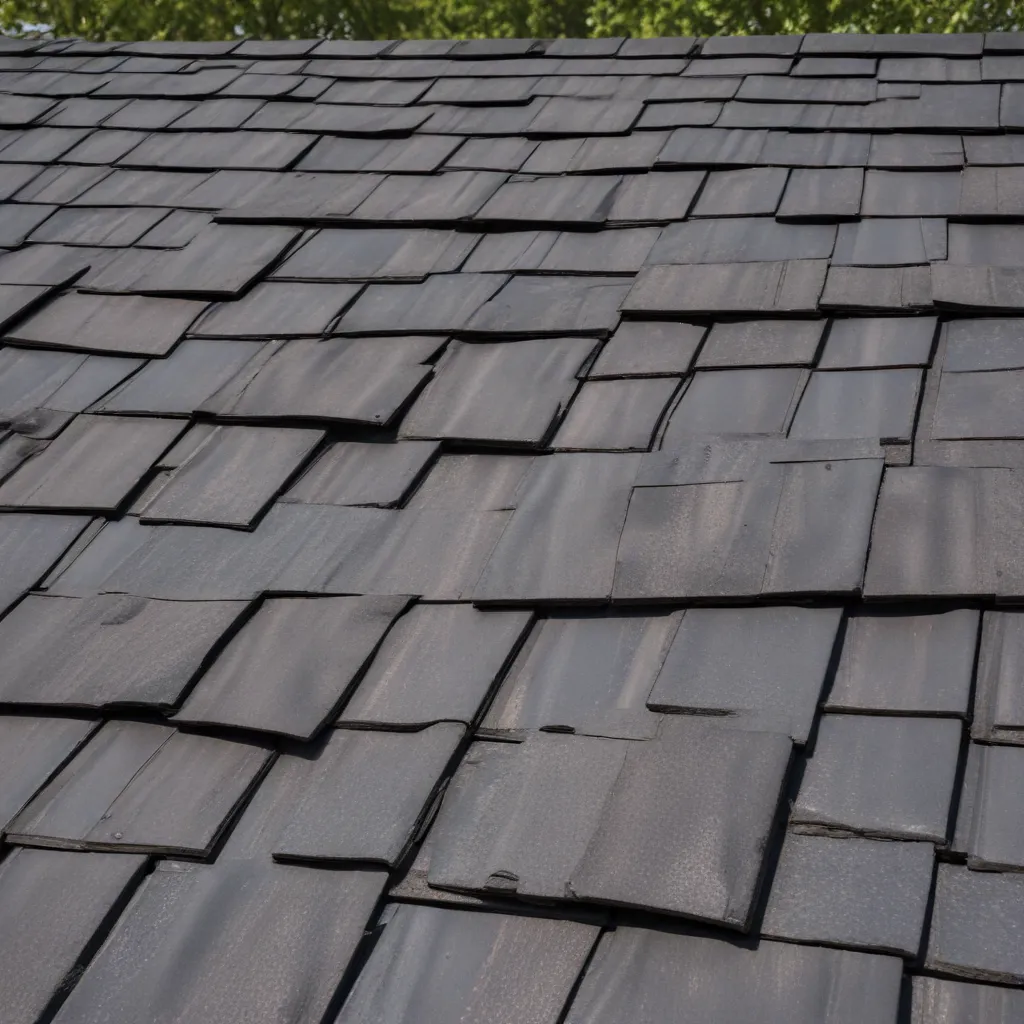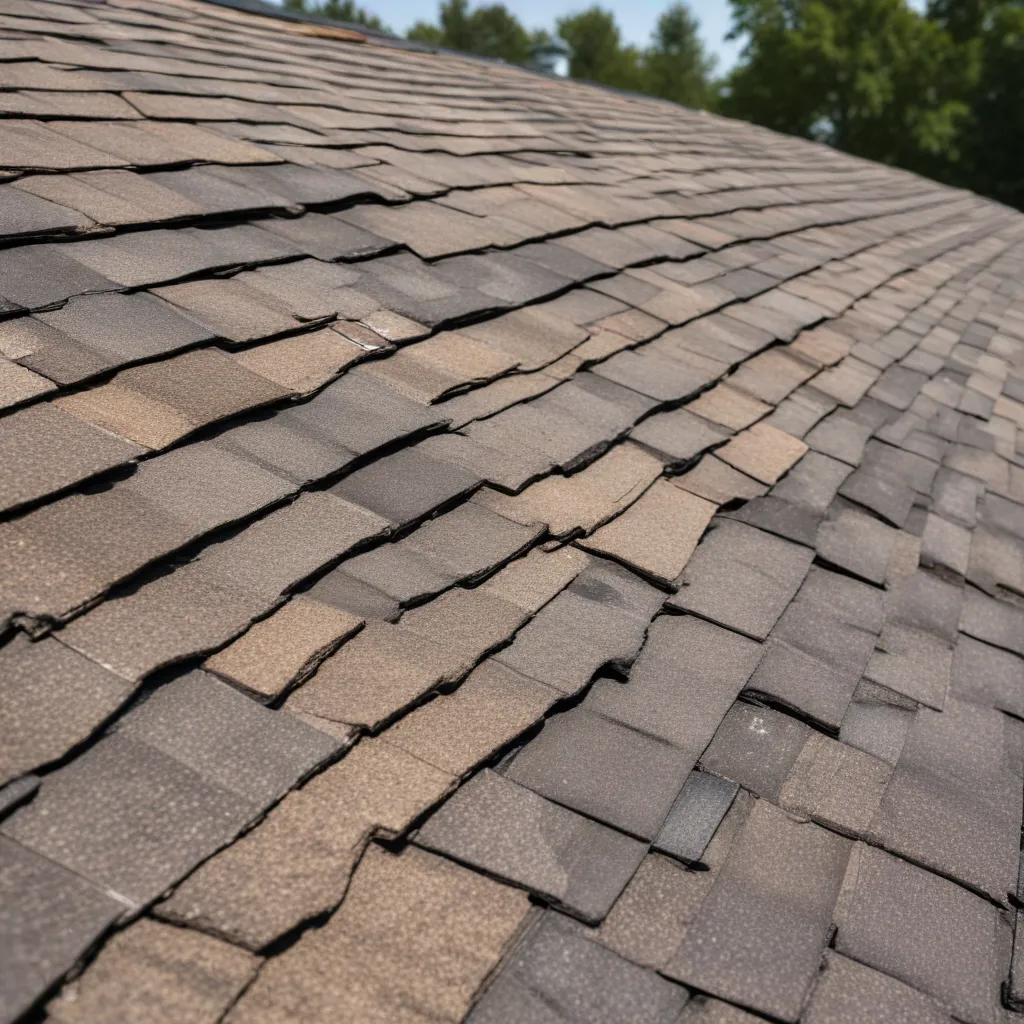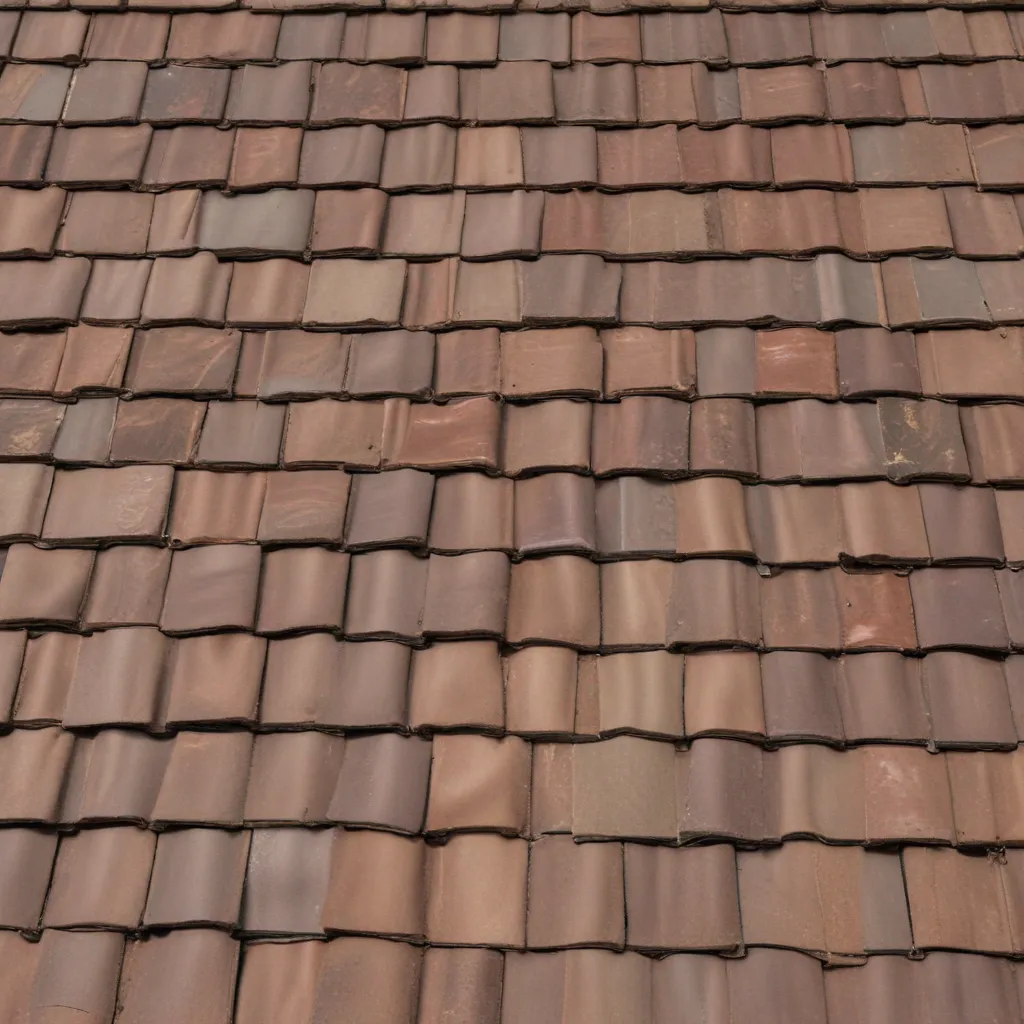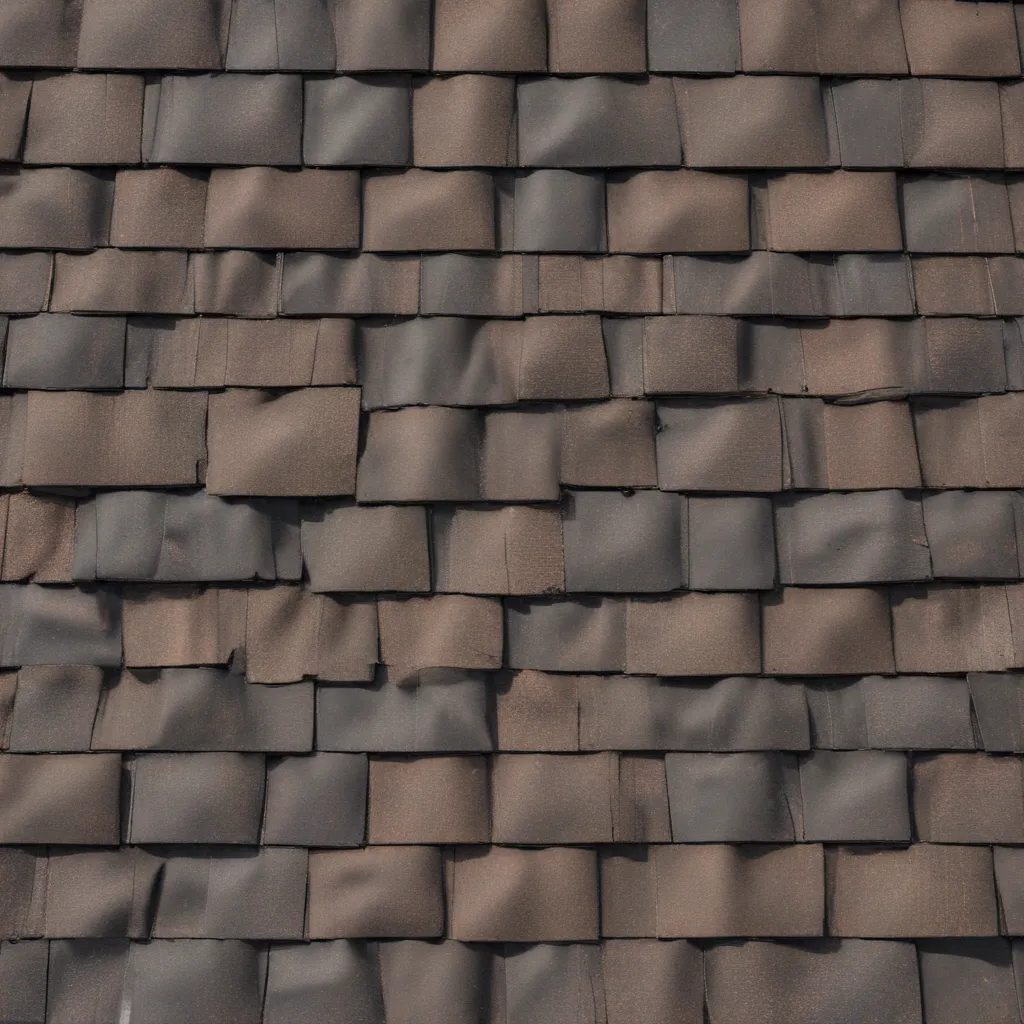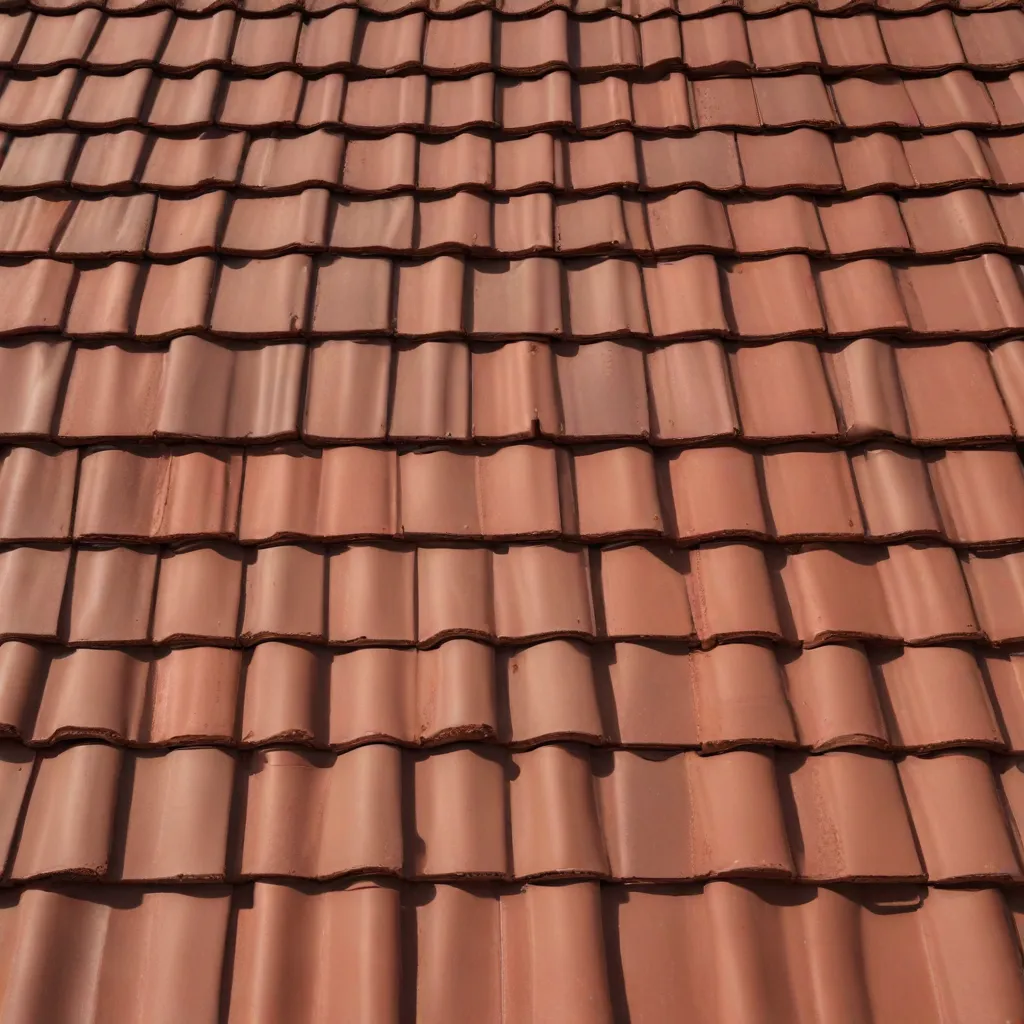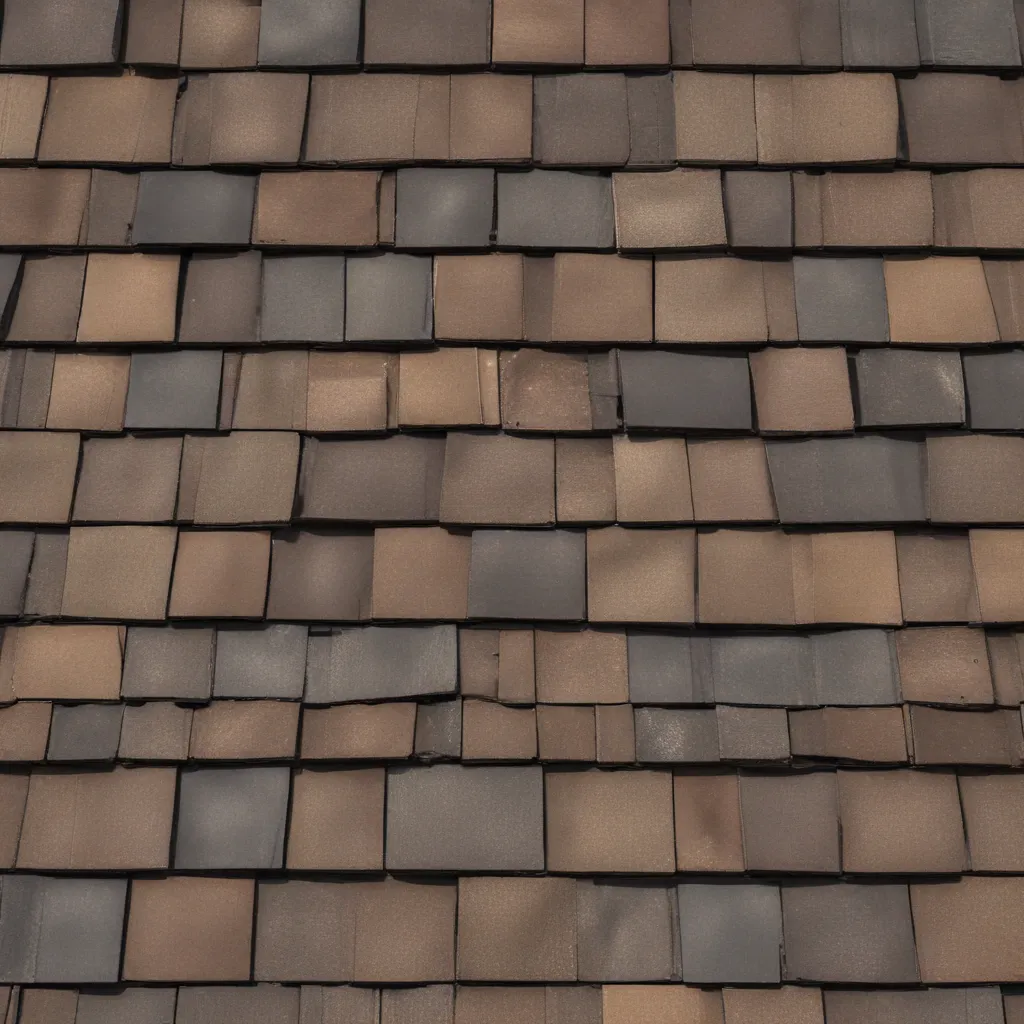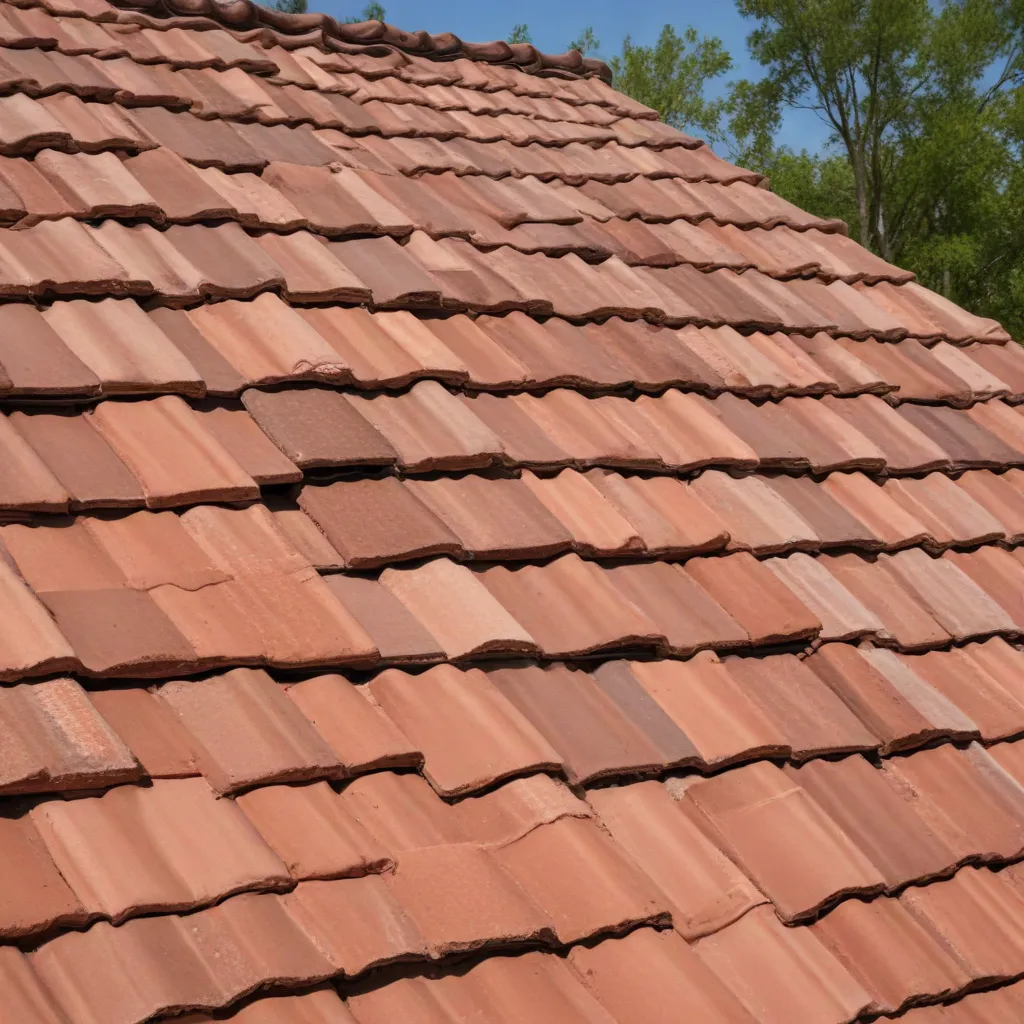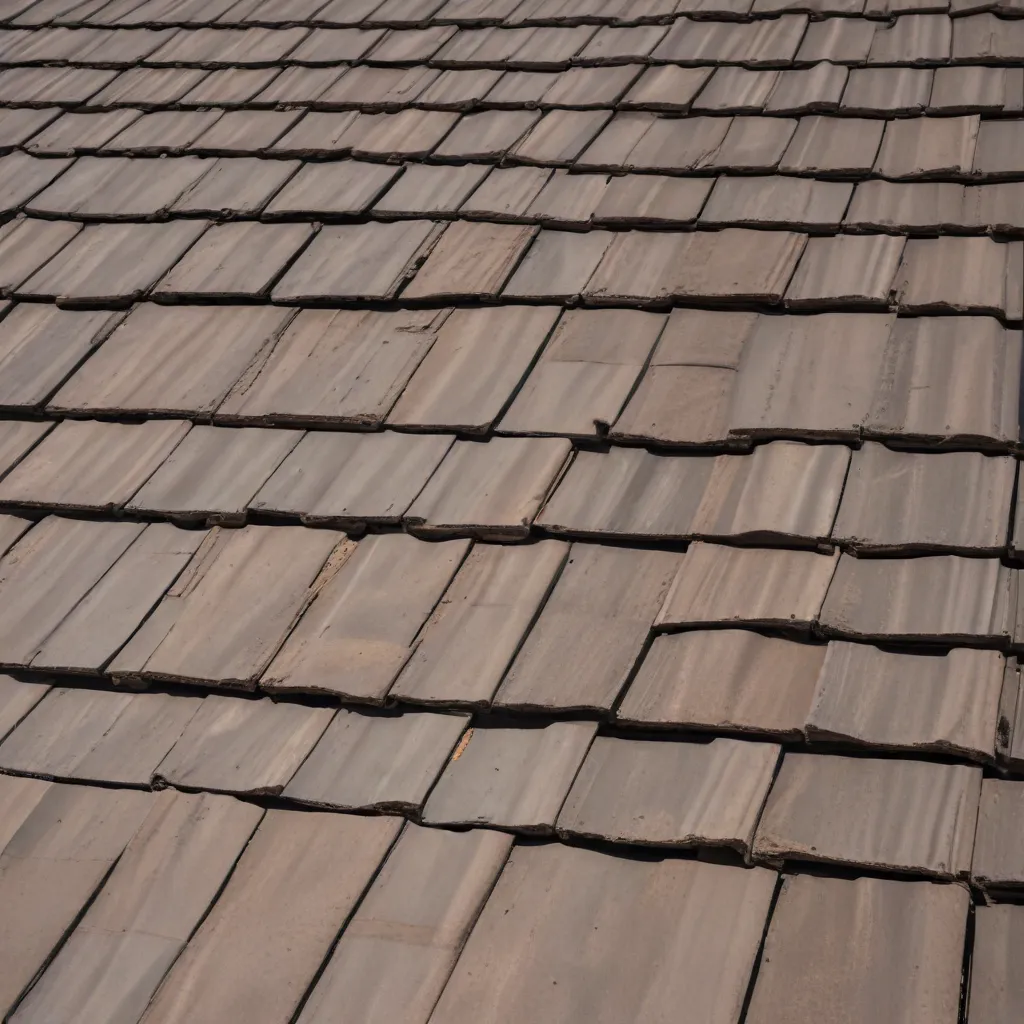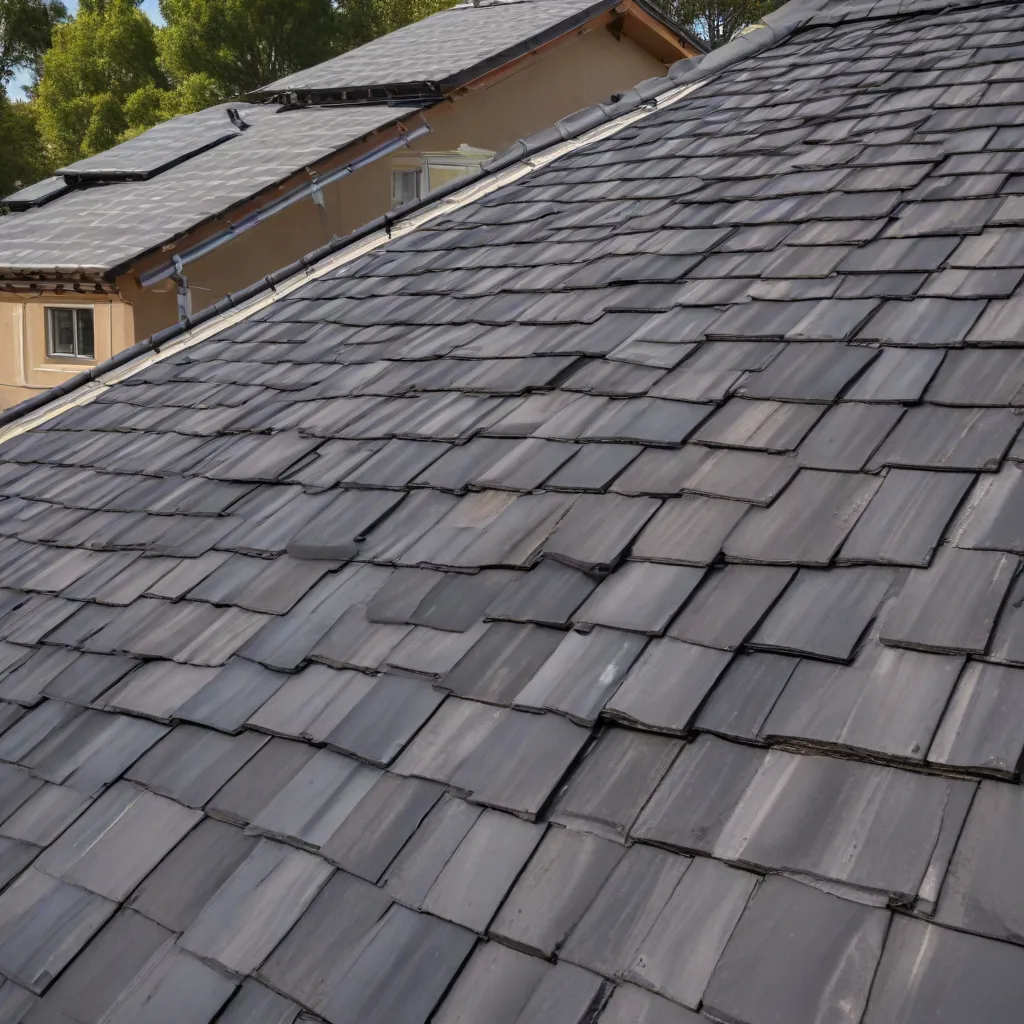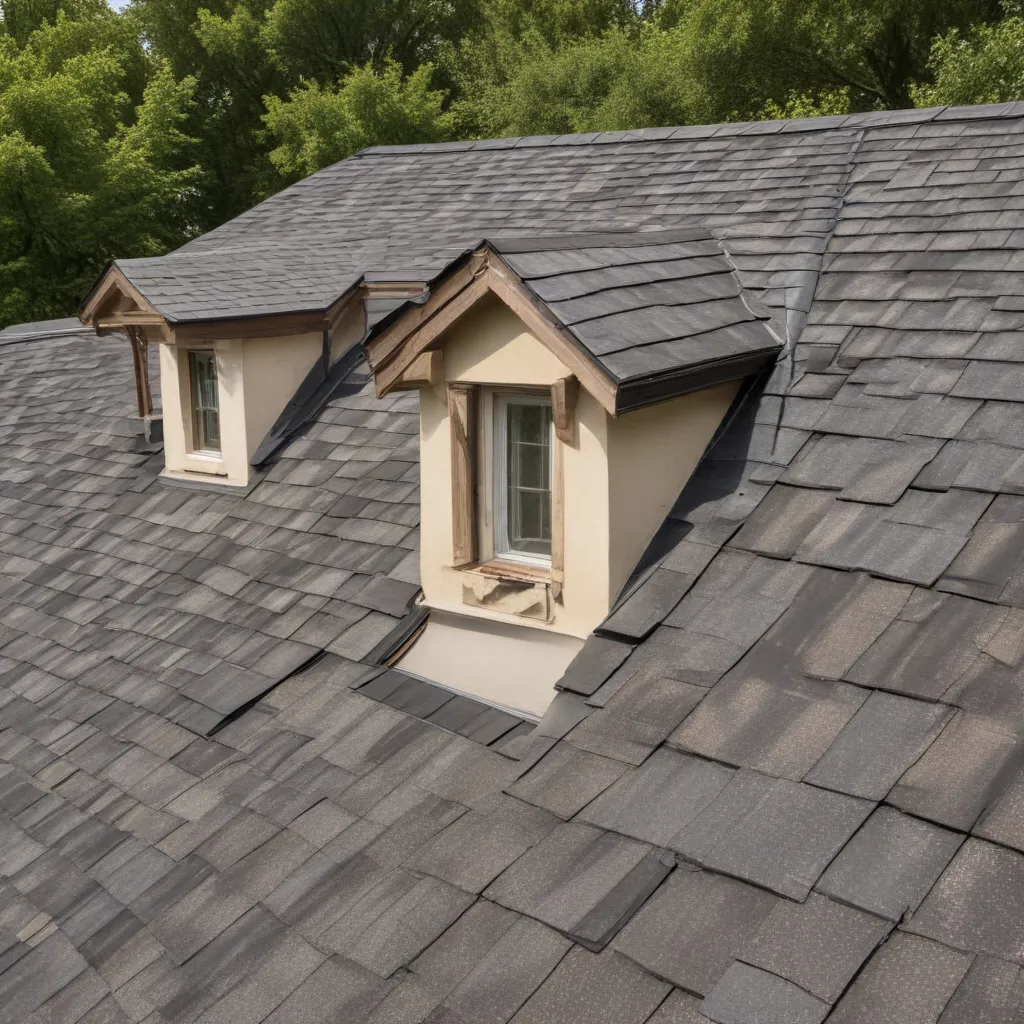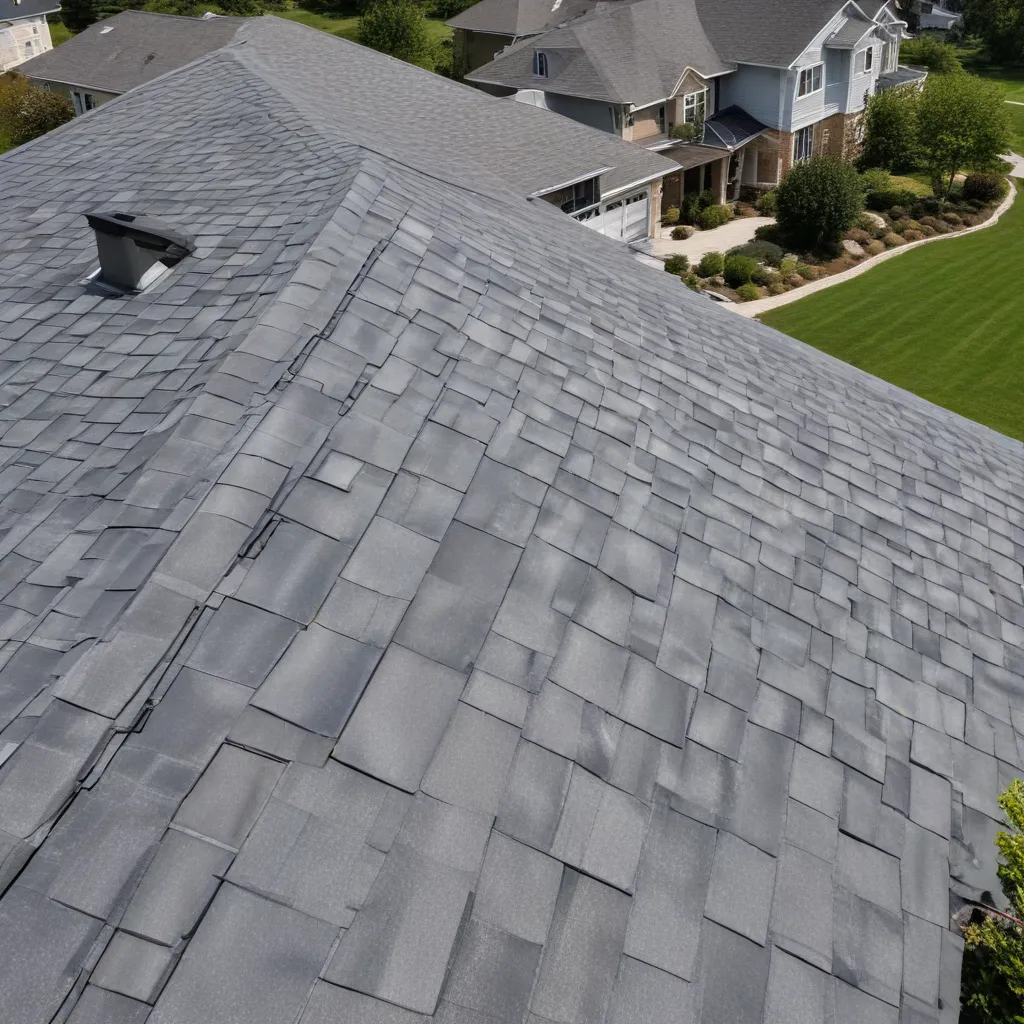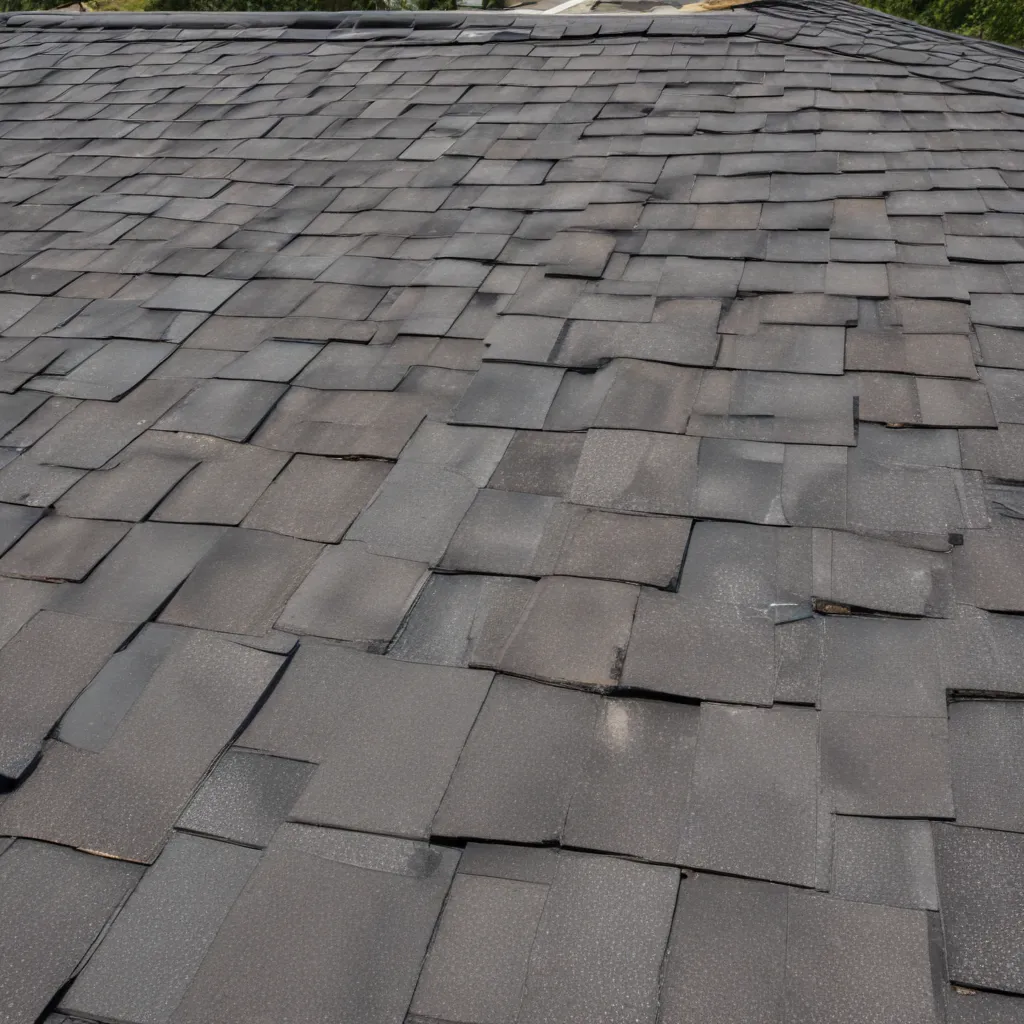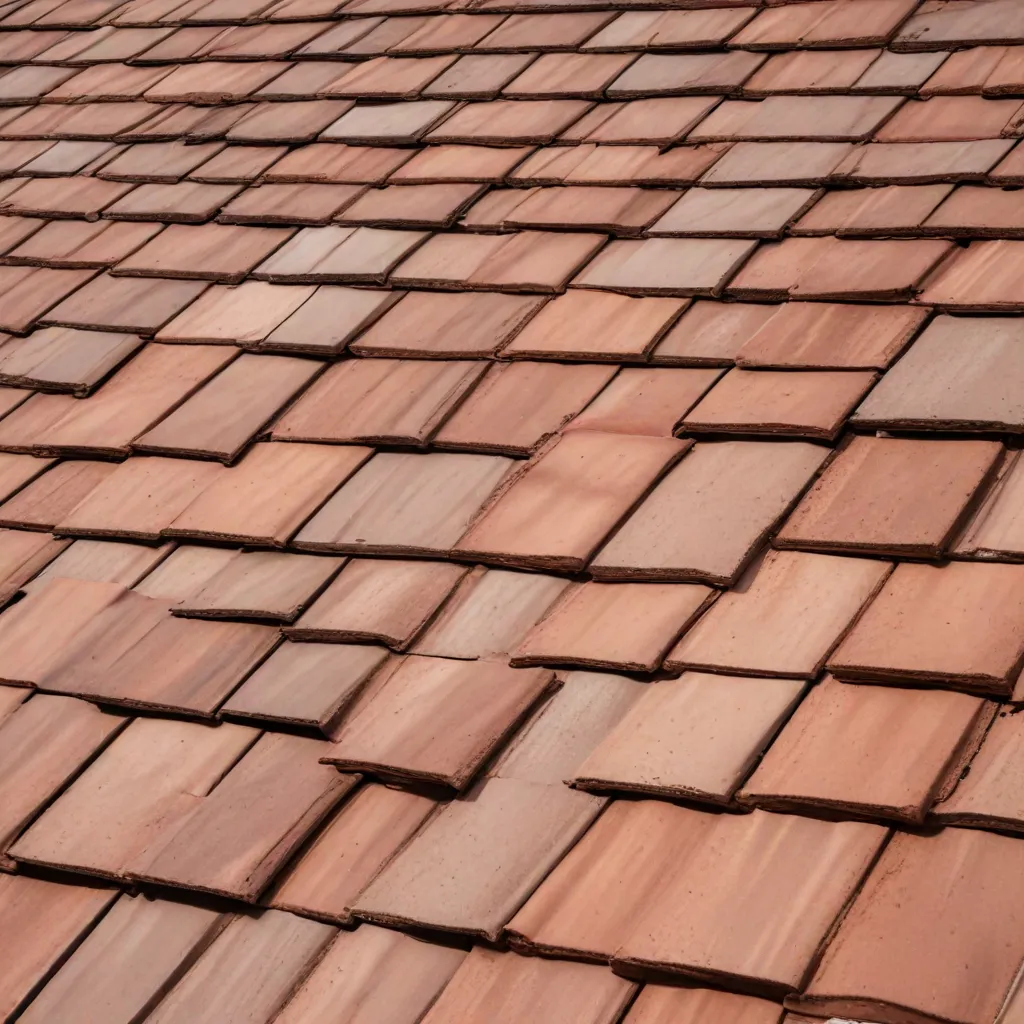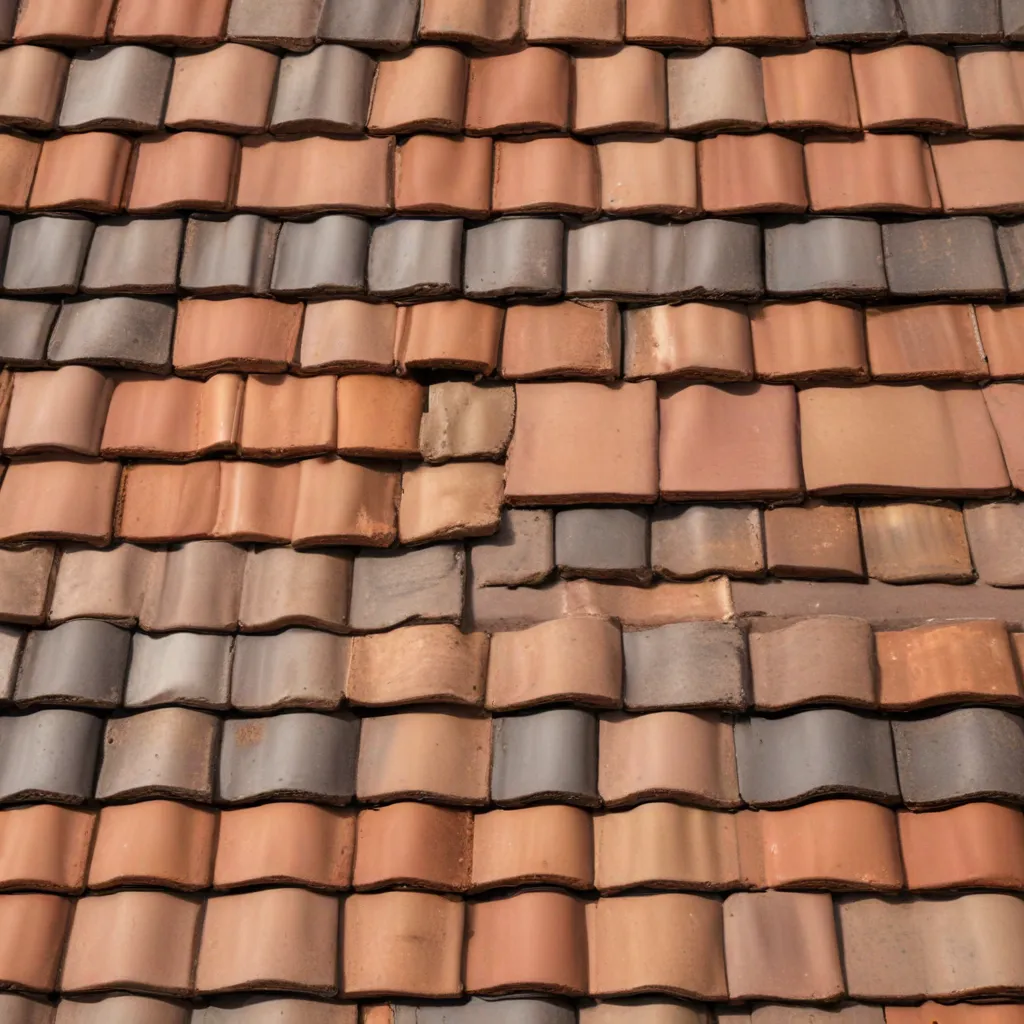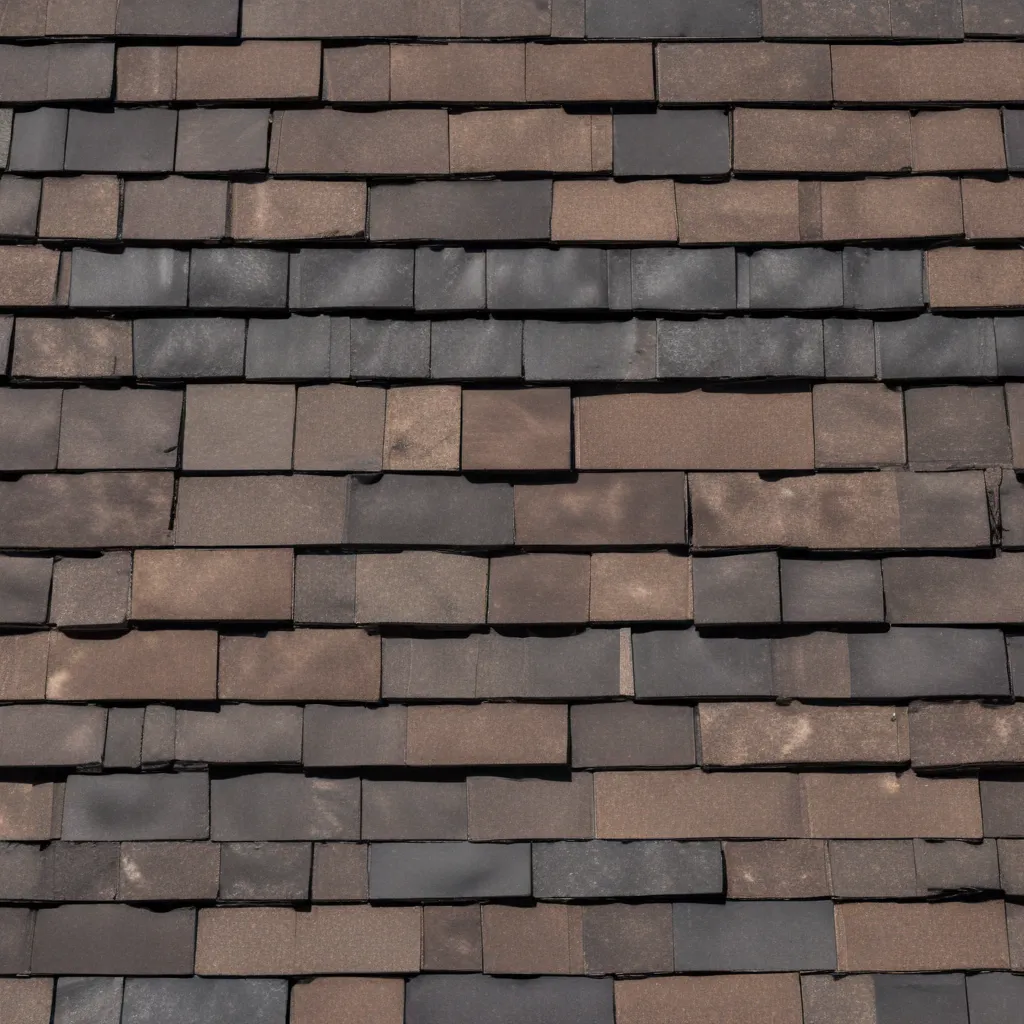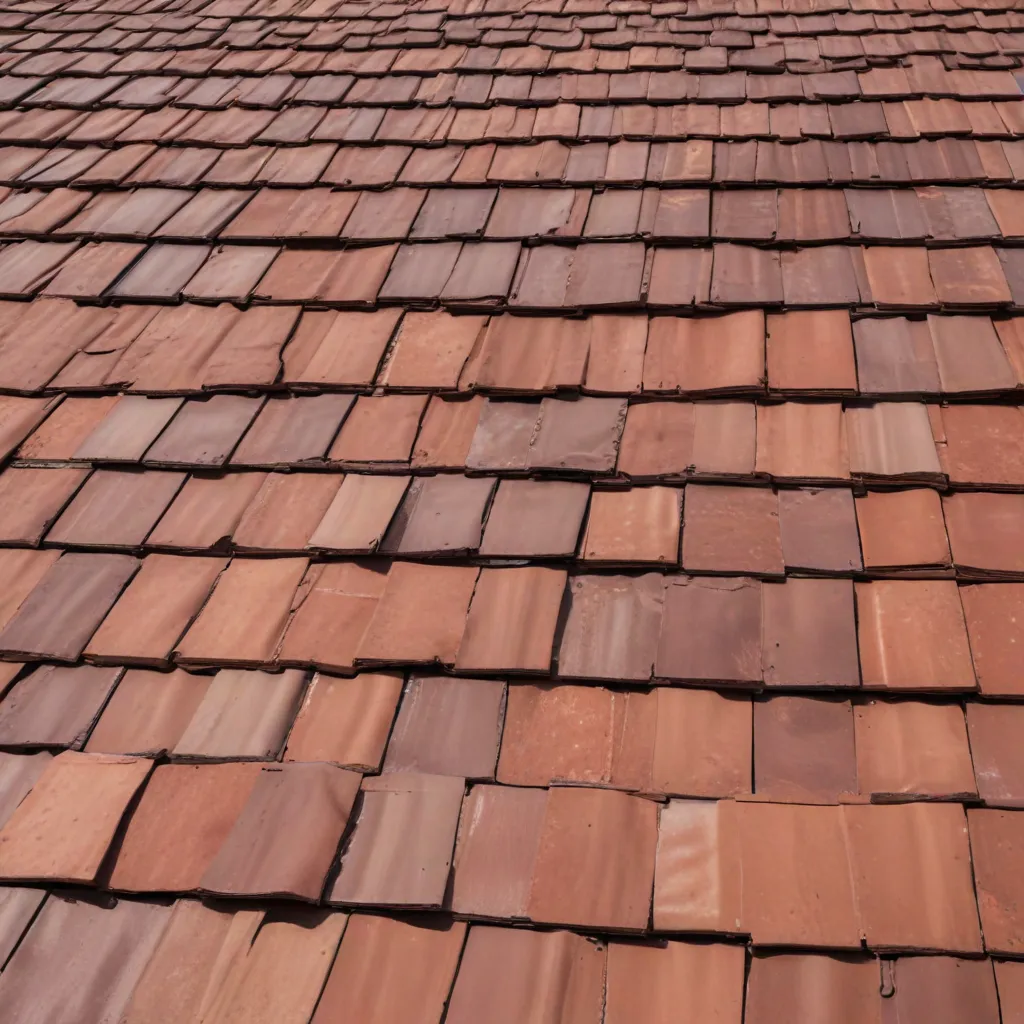Are you tired of skyrocketing energy bills? Does your home feel uncomfortably hot in the summer and freezing cold in the winter? If so, we have the solution for you: roofing insulation. In this article, we will uncover the hidden secret to reducing your energy bills and creating a more comfortable living environment. With a comprehensive understanding of the benefits, types, and installation process of roofing insulation, you’ll be well-equipped to make an informed decision and enjoy the numerous advantages it offers.
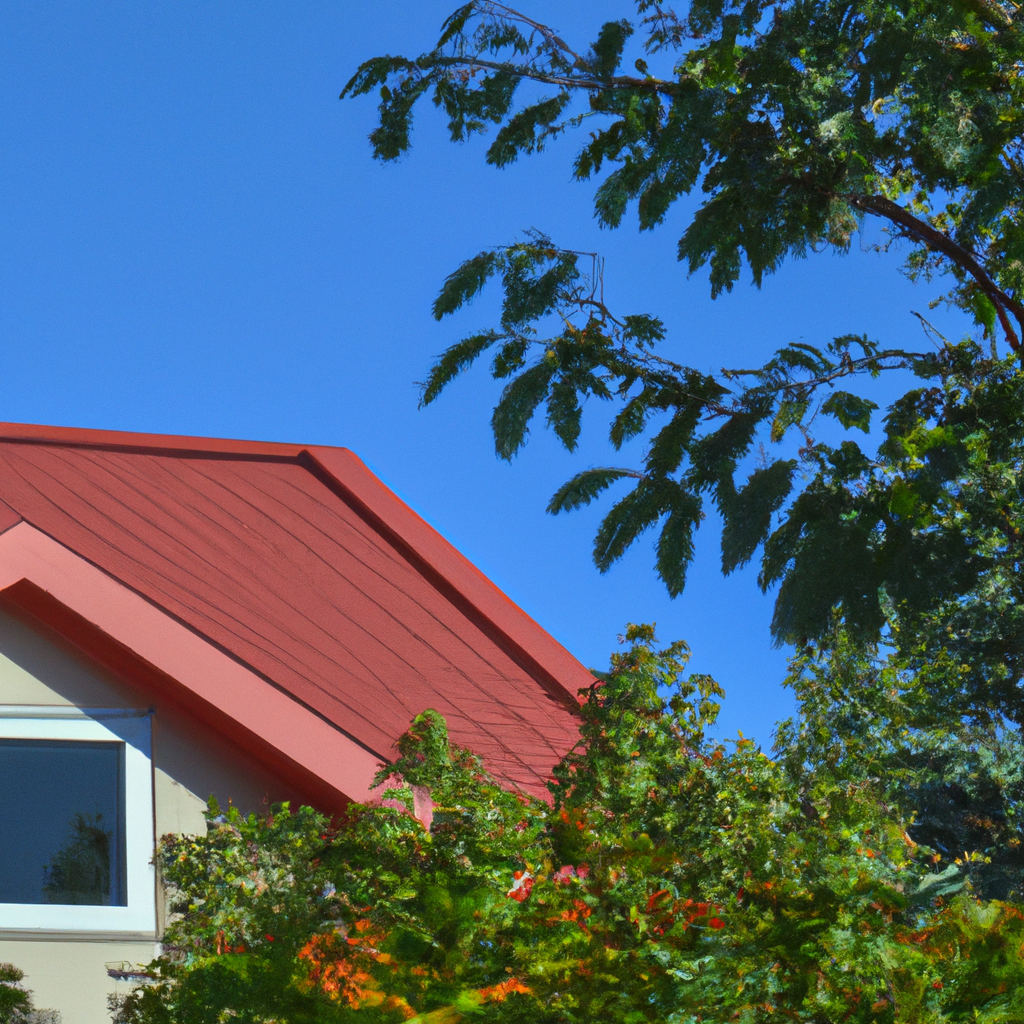
The Benefits of Roofing Insulation
Insulating your roof not only helps to maintain a comfortable temperature inside your home but also offers a range of other benefits. Let’s explore some of the key advantages of roofing insulation:
1. Energy Efficiency
One of the primary benefits of roofing insulation is its ability to enhance energy efficiency. By preventing heat from escaping during the colder months and keeping it out during the warmer months, insulation helps to reduce the need for excessive heating and cooling. This, in turn, lowers your energy consumption and decreases your energy bills.
2. Cost Savings
With reduced energy consumption comes cost savings. By installing roofing insulation, you can significantly cut down on your monthly energy expenses, allowing you to allocate those funds elsewhere. Over time, these savings can add up to substantial amounts, making insulation a wise long-term investment.
3. Increased Comfort
Roofing insulation acts as a barrier against external temperature fluctuations, creating a more comfortable living environment. It helps to maintain a consistent temperature throughout your home, eliminating hot and cold spots. This not only enhances your comfort but also prevents the need for excessive use of heating and cooling systems.
4. Noise Reduction
In addition to its thermal properties, roofing insulation also provides excellent soundproofing. It helps to absorb and dampen external noises, creating a quieter and more peaceful indoor environment. Whether you live in a busy urban area or near a noisy road, insulation can significantly reduce the impact of outside noise on your daily life.
5. Environmental Benefits
By reducing your energy consumption, roofing insulation contributes to a greener and more sustainable future. It helps to minimize greenhouse gas emissions associated with excessive energy usage, thereby reducing your carbon footprint. By investing in insulation, you become an active participant in environmental conservation efforts.
Types of Roofing Insulation
Now that we understand the benefits of roofing insulation, let’s delve into the different types available. Each type has its own characteristics, suitability, and installation requirements. Here are some popular options:
1. Fiberglass Insulation
Fiberglass insulation is one of the most common and cost-effective types available. It consists of fine glass fibers that trap air pockets, providing excellent thermal resistance. Fiberglass insulation is easy to install, non-combustible, and resistant to moisture. It comes in various forms, such as batts, blankets, and loose-fill.
2. Cellulose Insulation
Made from recycled paper or plant fibers, cellulose insulation offers excellent thermal performance and soundproofing capabilities. It is environmentally friendly, as it utilizes recycled materials. Cellulose insulation is particularly suitable for insulating irregularly shaped or hard-to-reach areas due to its ability to conform to different spaces.
3. Spray Foam Insulation
Spray foam insulation is a versatile option that expands upon application, filling gaps and crevices completely. It provides an airtight seal, preventing any air leakage. Spray foam insulation is highly efficient and offers exceptional thermal resistance. It is ideal for both new construction and retrofit projects.
4. Reflective Insulation
Reflective insulation is a radiant barrier that reflects heat away from your home. It consists of a reflective surface, often aluminum, that reflects radiant heat rather than absorbing it. Reflective insulation is commonly used in hot climates to reduce cooling costs. It is typically installed in attics, under roofs, or on walls, reflecting the sun’s heat back outside.
Installing Roofing Insulation
Proper installation is crucial to maximize the benefits of roofing insulation. While it is possible to install insulation yourself, it is recommended to hire a professional for the best results. Here are the general steps involved in the installation process:
- Assessment: A professional insulator will assess your roof’s structure, insulation needs, and recommend the most suitable type and thickness of insulation.
- Preparation: Before installation, any existing insulation, debris, or moisture must be removed. The area should be clean and free from obstructions to ensure proper insulation placement.
- Installation: The chosen insulation material is installed, following the manufacturer’s guidelines and local building codes. Experienced installers will ensure a proper fit, covering all areas thoroughly.
- Vapor Barrier: In some cases, a vapor barrier may be necessary to prevent moisture buildup. This barrier is typically installed on the warm side of the insulation to prevent condensation.
- Finishing Touches: Once the insulation is in place, any necessary repairs or sealing of gaps and cracks are performed. This ensures optimal performance and energy efficiency.
Conclusion
Roofing insulation is the hidden secret to reducing energy bills and creating a comfortable living space. With its energy-saving capabilities, cost-effectiveness, and numerous other benefits, insulation is a valuable investment for homeowners. By choosing the right type of insulation and ensuring proper installation, you can enjoy long-lasting comfort, significant energy savings, and a reduced environmental impact. Don’t let high energy bills and discomfort take over your home – take advantage of the hidden secret of roofing insulation and transform your living environment today.

